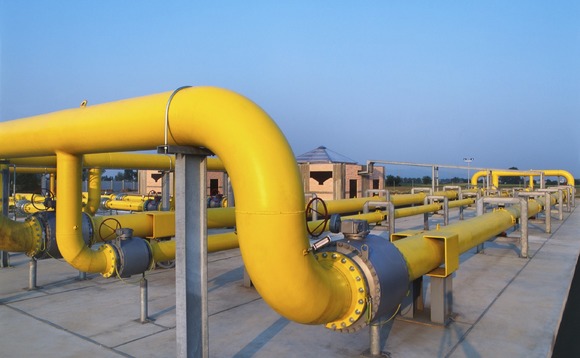Moody’s Investors Service says Asia will end the year with a relatively low default rate of 2.9%, which translates to four companies missing a payment. The technology industry is likely to spring more duds than metals and mining, which is where everyone was looking last year.
Both Moody’s and S&P Global Ratings say that the biggest risk—or swing factor—is the pace at which major economies, particularly the US, decide to close their money taps. So long as they don’t, things will probably stay on an even keel, Bloomberg reported.
At the start of 2015, just as the commodities meltdown was getting underway, 13 sub-investment-grade bonds from the Asia-Pacific region were on a negative ratings watch at any of the three major ratings companies, including five notes from Chinese developer Kaisa Group Holdings Ltd. Now, there are 17 such securities, and the list is still dominated by Chinese builders including Dalian Wanda Commercial Properties Co. and Sunac China Holdings Ltd.
The total outstanding amount by such issuers has increased from $5.2 billion to $6.5 billion (Data includes only non-bank issuers). That’s nothing too unusual, considering junk corporate debt on negative ratings watch globally is in excess of $100 billion.
What is problematic, though, is that splashing sound coming from the world of unrated bonds. Two years ago, roughly 4,200 publicly traded companies in the region didn’t earn enough operating profit to pay interest. That number has inched up to 4,400. Of these, 200 companies—the bulk of them Chinese—have market capitalizations in excess of $1 billion. And between them, these 200 firms owe bond investors $450 billion. Half of this amount has to be refinanced or redeemed between now and 2022.
Maybe President Xi Jinping’s deleveraging campaign will work its magic; or perhaps the profitability of overburdened firms will increase. S&P on Monday bumped Yingde Gases Group Co. up to CCC+ from CCC- on the likelihood that the Chinese industrial gas manufacturer’s new majority owner—Hong Kong-based private-equity firm PAG Asia Capital—will be able to ensure repayment.
The other hot spot is India, where competition in the country’s telecom sector led Moody’s to downgrade Reliance Communications Ltd.’s debt by seven notches (from Ba3 in May 2015 to Ca). The malaise could spread there, too. The precarious state of India’s power industry is making bankers nervous. Bondholders should also start to worry.


